
Do you have a question about the Musical Fidelity m6si500 and is the answer not in the manual?
| Type | Integrated Amplifier |
|---|---|
| Frequency Response (±0.1dB) | 20Hz - 20kHz |
| Signal-to-Noise Ratio | > 100dB |
| Total Harmonic Distortion (20Hz - 20kHz) | <0.005 % |
| Frequency Response | 10Hz |
| Inputs | RCA, XLR |
| Outputs | Speaker Outputs, Pre-Out |
| Power Output | 500 Watts per channel into 8 Ohms |
| Total Harmonic Distortion | <0.005 % (20 Hz - 20 kHz) |
Specific instructions for UK mains plug, including fuse replacement and disposal.
Mandatory earthing instructions for the appliance, detailing wire connections.
Warning against unauthorized modifications, which will void the user's authority to operate.
Prohibition of removing covers or accessing the interior; all service to be done by authorised agents.
Guidelines for placing the unit on a stable surface away from vibration and ensuring proper ventilation.
Emphasis on adequate ventilation to prevent heat build-up; avoiding enclosed cabinets.
Details on connecting the unit to the mains supply via the IEC cable.
Instructions for connecting RCA and XLR sources, and loudspeaker outputs, including important notes.
Step-by-step guide for powering on the unit, including LED indications and initial MUTE delay.
Instructions for adjusting volume using the front panel knob or remote handset, including auto-down feature.
Instructions for using the AUX/HT input in standard AUX or Home Theatre (HT) mode, with important warnings for HT.
Troubleshooting steps for when the unit does not power on, checking mains plug and connections.
Steps to resolve no sound, checking mute, connections, and speaker wiring.
Diagnosing sound interruptions due to loose connections or output overload/short circuit.
Addressing issues like poor precision, bass, or stereo image due to speaker phasing or cable faults.
Resolving issues of no audio output or very low output levels by checking connections.
Troubleshooting steps for a non-working remote control, including power switch, batteries, and interference.
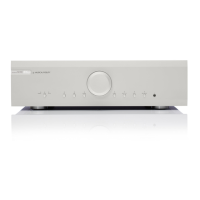
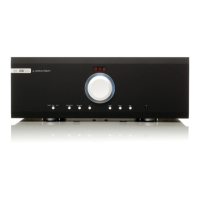
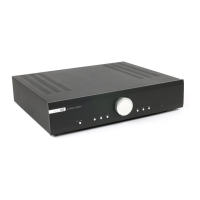
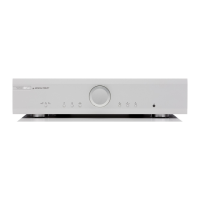
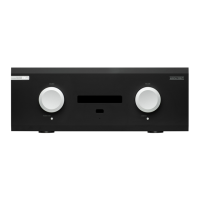
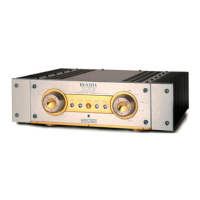
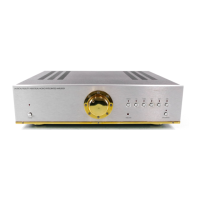
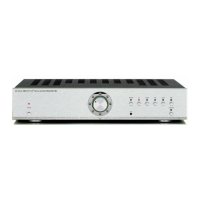
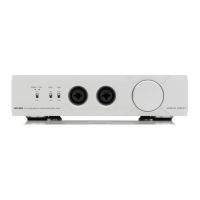
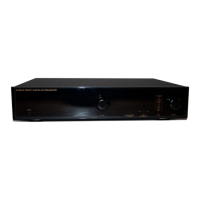
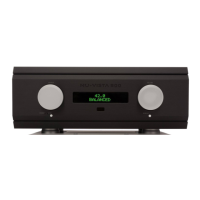

